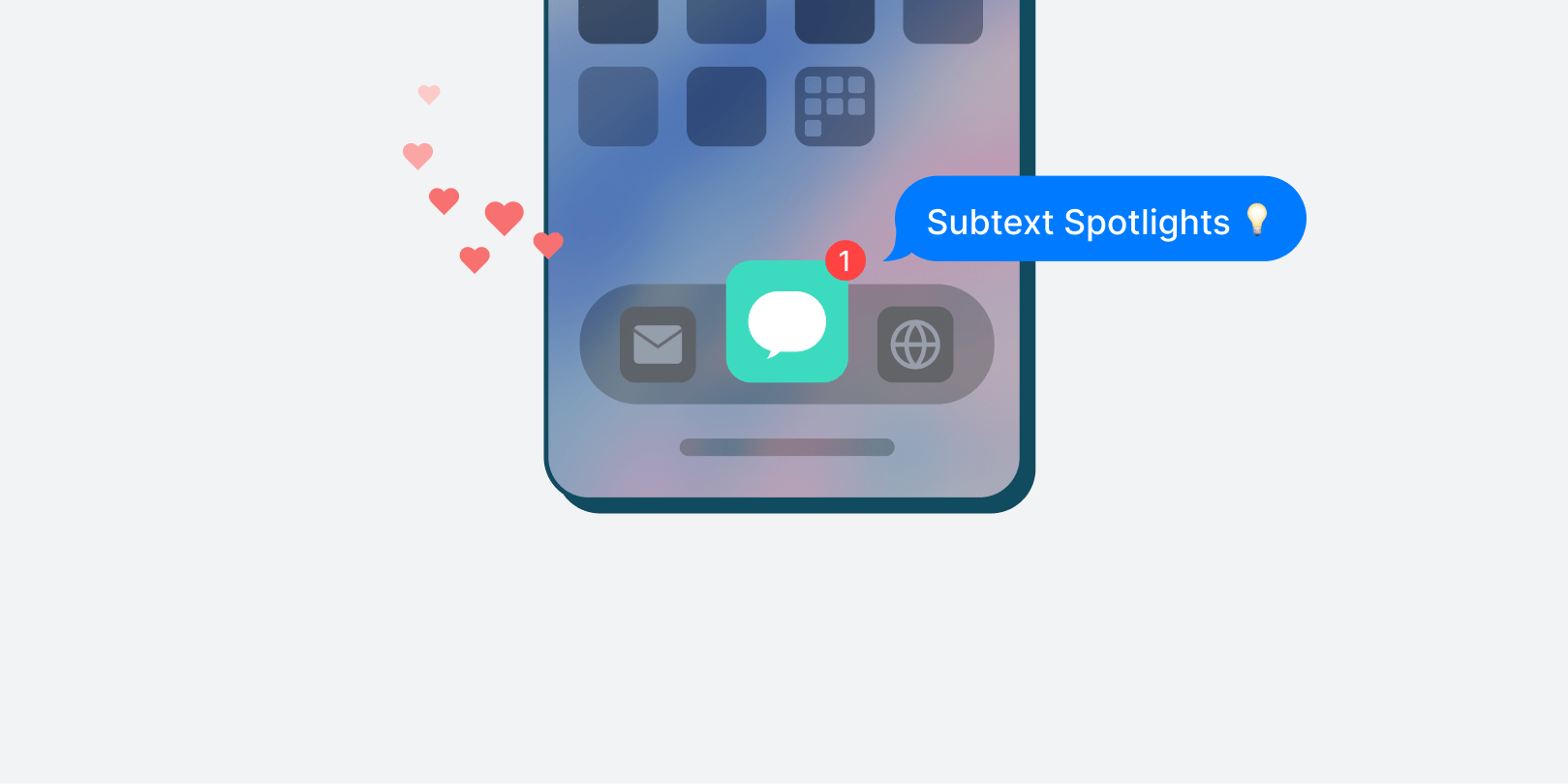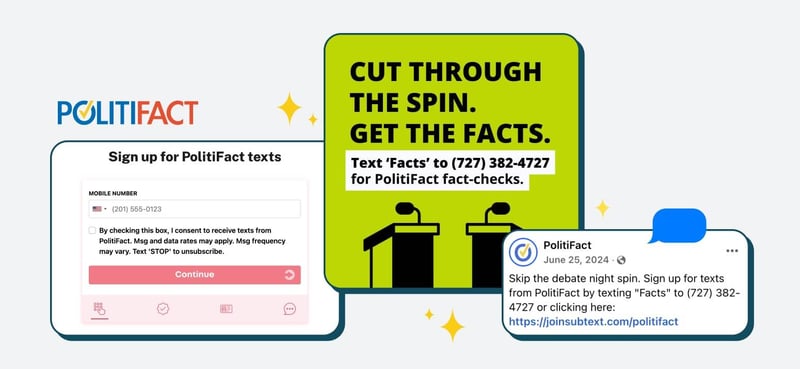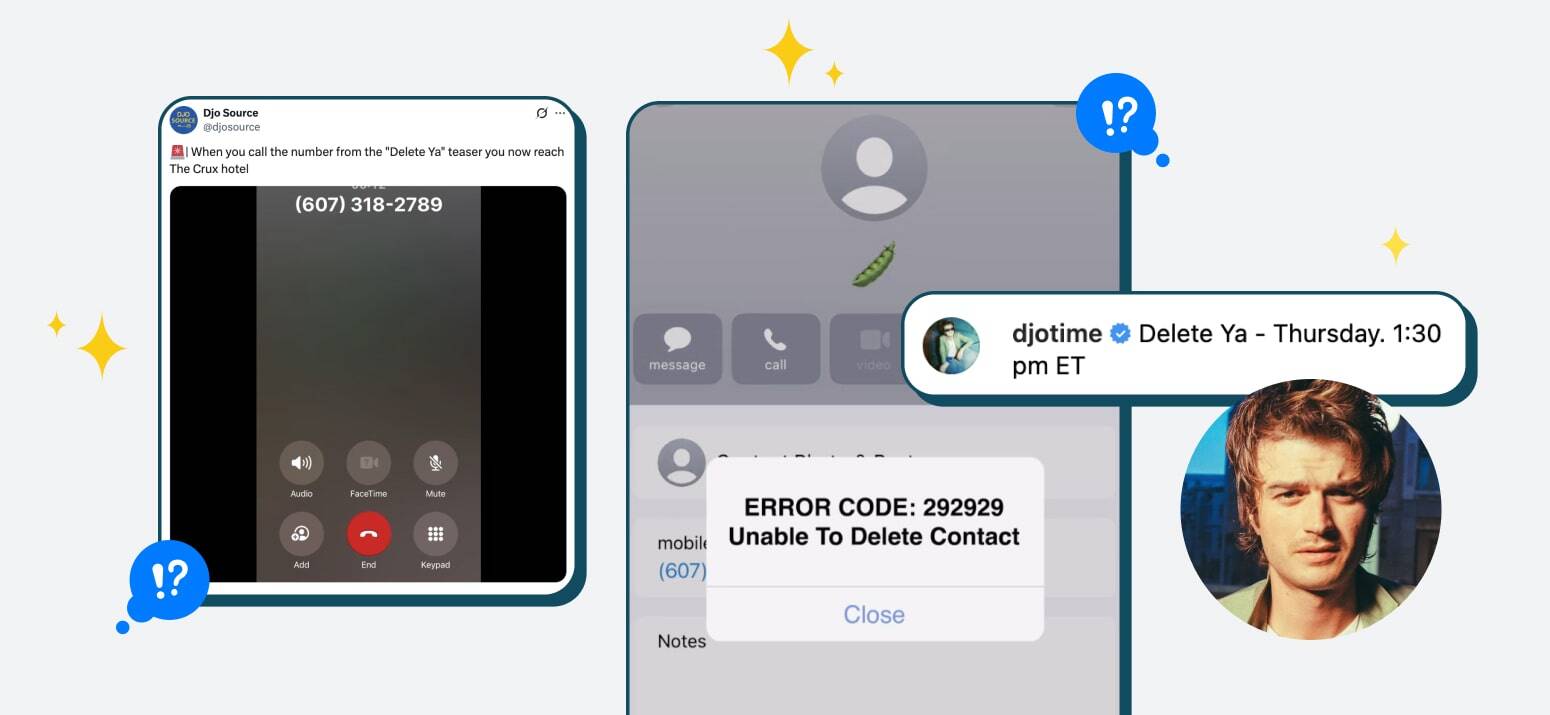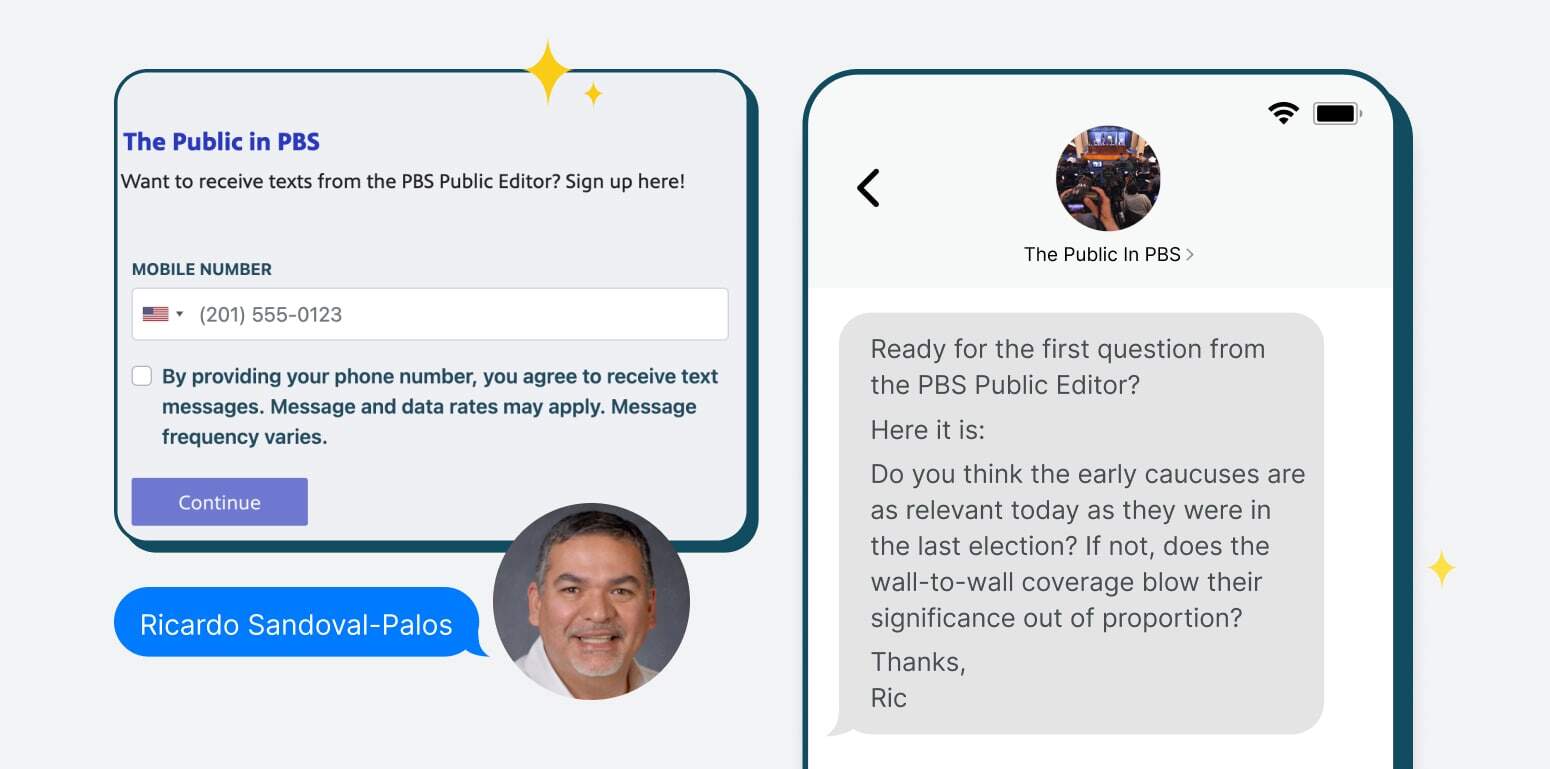
Subtext Spotlights: Text Channels That Stand Out
Each quarter, we’re spotlighting standout campaigns from across the Subtext platform—real-world examples of how creators, journalists, and organizations are using SMS to forge deeper, more direct connections with their audiences. From journalists fostering civic discourse to musicians turning launch announcements into interactive mysteries, smart SMS strategies are reshaping how audiences engage, with results to back it up.
In this roundup, we highlight three very different but equally compelling examples of how Subtext clients use SMS to deepen relationships, drive engagement, and stand out from the noise. Whether it’s a newsroom, a fact-checking org, or a psychedelic pop project, these campaigns all share one thing: they’re meeting their audiences exactly where they are, with intention and creativity.
Politifact
PolitiFact’s mission is clear: equip the public with accurate, timely information, especially in the face of political misinformation. To expand their reach and make fact-checking even more accessible, they launched an SMS channel that sends out 1–2 of the week’s most important fact-checks directly to subscribers' phones.
But what set this campaign apart was how PolitiFact promoted the channel. They didn’t rely on a single launch moment—instead, they wove it into the fabric of their digital presence.
- Newsletter integration: PolitiFact sent a distinct email encouraging readers to sign up for text alerts. The copy emphasized convenience and gave the reader the choice to text a keyword or link directly to the opt-in page.
- Facebook posts: With a loyal and politically engaged following on Facebook, PolitiFact used the platform to drive awareness of the SMS channel. Their posts explained what subscribers could expect—concise, no-spin fact-checks—while tapping into their audience’s desire to stay ahead of political misinformation.
- On-site promotion: They embedded signup modules and banner prompts directly onto their website, ensuring that readers who were already consuming fact-check content had an easy way to opt into the mobile experience.

This coordinated, multi-channel promotion helped position the SMS channel not as a separate product, but as a natural extension of PolitiFact’s mission—meeting readers where they are and making trusted information as easy to access as a text message.
Djo
When Djo (Joe Keery) introduced his SMS channel, he didn’t just drop a number and move on. He launched it in true Djo fashion—layered, cryptic, and designed to pull fans deeper into his world.

The announcement came via an Instagram video post that felt more like a transmission from another dimension than a marketing campaign. It was packed with glitchy visuals, blinking symbols, distorted audio, and enough hidden clues to send his fans straight into internet sleuth mode. Rather than explicitly explaining the purpose of the number, the post showed the user attempting, but failing, to delete a mysterious pea contact card.
Within hours, fans were dissecting every frame of the video—swapping theories, looking for Easter eggs, and uncovering hidden messages embedded in the visuals. The mystery became the message.
🚨| When you call the number from the "Delete Ya" teaser you now reach The Crux hotel pic.twitter.com/qfaQMoMjkP
— Djo Source (@djosource) February 24, 2025
By launching his SMS channel as a riddle instead of a routine promo, Djo turned a new communication tool into a full-on fan experience. The channel now serves as a direct line for tour announcements, release info, and more—but the rollout itself? That was the show.
Public Editors Focus Group
Problem
Editor Ricardo Sandoval-Palos launched a Subtext channel to create deeper, more immediate connections with his audience. He already has a devoted and engaged following, but wanted to take that one step further to bring the audience into the newsroom and garner attention with probing questions.
Solution
Ric used Subtext as an interactive extension of his column, focusing on audience feedback and civic discourse. He asked timely, pointed questions—like whether Biden’s age was overshadowing Trump’s debate responses—and routinely weaved subscriber input into future messages. He also shared links to articles and introduced guest contributors to broaden the conversation.

Results
- Maintained a strong 24.7% engagement rate and 13.2% CTR overall.
- Top messages saw engagement rates up to 38.75%, driven by clear calls to action and thoughtful feedback loops.
By using Subtext to elevate public voice and media accountability, Ric deepened trust and built an SMS channel that reflects PBS’s public service mission.

The Power of SMS
These campaigns prove that SMS isn’t just a tool for blasting out updates—it’s a channel for storytelling, conversation, and connection. Whether it’s PolitiFact weaving SMS into its existing content strategy, PBS using it to elevate public discourse, or Djo transforming a launch into a puzzle for superfans, the key to success is meeting the audience with purpose.
As these case studies show, the best SMS campaigns don’t treat the inbox like a billboard—they use it like a backstage pass, a hotline, or a personal invite. And when done right, that kind of access can turn passive followers into deeply engaged communities.
Want to see how Subtext can work for your team? Book a demo and we’ll walk you through how to build something your audience wants to subscribe to.